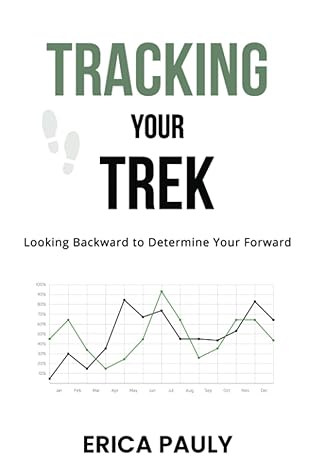Question
Date: Transactions: Units: Cost per unit: Total cost: March 1 Beginning inventory 20 $200 $4,000 March 5 Sale ($300 each) 15 March 9 Purchase 10
Date: Transactions: Units: Cost per unit: Total cost: March 1 Beginning inventory 20 $200 $4,000 March 5 Sale ($300 each) 15 March 9 Purchase 10 220 2,200 March 17 Sale ($350 each) 8 March 22 Purchase 10 230 2,300 March 27 Sale ($375 each) 12 March 30 Purchase 8 250 2,000 Total: $10,500 a) Calculate ending inventory and cost of goods sold at March 31, 2012 using the specific identification method. The March 5 sale consists of bikes from beginning inventory, the March 17 sale consists of bikes from the March 9 purchase, and the March 27 sale consists of four bikes from beginning inventory and eight bikes from the March 22 purchase. b) Using FIFO, calculate ending inventory and cost of goods sold at March 31, 2012 c) Using LIFO, calculate ending inventory and cost of goods sold at March 31, 2012 d) Using weighted-average cost, calculate ending inventory and cost of goods sold at March 31, 2012 e) Calculate sales revenue and gross profit under each of the four methods f) Comparing FIFO and LIFO, which one provides the more meaningful measure of ending inventory? Explain. g) If Greg's Bicycle Shop chooses to report inventory using LIFO instead of FIFO, record the LIFO adjustment.
Step by Step Solution
There are 3 Steps involved in it
Step: 1

Get Instant Access to Expert-Tailored Solutions
See step-by-step solutions with expert insights and AI powered tools for academic success
Step: 2

Step: 3

Ace Your Homework with AI
Get the answers you need in no time with our AI-driven, step-by-step assistance
Get Started


